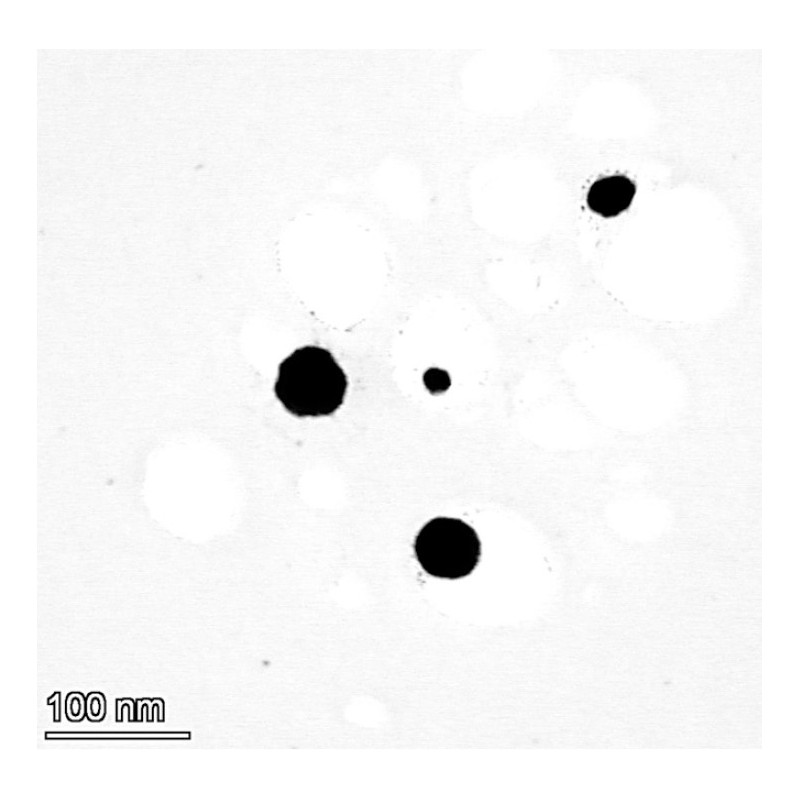Understanding the Benefits of Copper Nanoparticles in Aqueous Solutions
Copper nanoparticles in aqueous solutions are revolutionizing various fields due to their unique properties and effectiveness. From environmental applications to biomedical uses, the advantages of using copper nanoparticles are becoming increasingly apparent. This article explores the diverse applications, benefits, and safety considerations of copper nanoparticle suspensions.
Explore Our Copper Nanoparticle Solutions
The Rising Demand for Copper Nanoparticles in Aqueous Solutions
The demand for copper nanoparticles in aqueous solutions is surging across various sectors. These nanoparticles, when dispersed in water, exhibit remarkable properties that make them ideal for a wide range of applications. The benefits of copper nanoparticle suspensions are particularly notable in environmental remediation, where they can be used to degrade pollutants and purify water sources.
Furthermore, the unique copper suspension properties make them invaluable in research. Scientists are leveraging copper suspensions in research to explore new possibilities in catalysis, energy storage, and biomedical engineering. The advantages of using copper nanoparticles are driving innovation and opening doors to novel solutions.
Applications of Copper Nanoparticles in Water
Copper nanoparticle applications in water are incredibly diverse. One significant area is agriculture, where copper nanoparticles for agricultural purposes enhance plant growth and protect crops from fungal diseases. The nano copper for antifungal activity is proving to be a sustainable alternative to traditional chemical treatments.
In the realm of energy, copper particles in enhanced oil recovery improve the efficiency of oil extraction processes. Additionally, copper nanoparticles in catalysis are used to accelerate chemical reactions, making industrial processes more efficient and environmentally friendly.
Safety and Stability of Copper Nanoparticles
While the benefits are numerous, copper nanoparticle safety in solutions is a critical consideration. Researchers are actively studying the potential toxicity and environmental impact of these nanoparticles. Ensuring the stability of copper nanoparticles in water is also essential for maintaining their effectiveness and preventing aggregation.
One concern is the copper ion release from nanoparticles, which can have adverse effects on aquatic organisms. Therefore, careful formulation and handling techniques are necessary to minimize these risks. Copper suspension formulation techniques are continuously being refined to enhance stability and reduce the potential for ion release.
Copper Nanoparticles for Environmental and Biomedical Use
The use of copper nanoparticles for environmental applications is gaining traction as a promising solution for water purification. These nanoparticles can effectively remove pollutants, such as heavy metals and organic contaminants, from water sources. The copper nanoparticles and their effectiveness in these applications are well-documented in numerous studies.
Moreover, copper nanoparticles for biomedical use are being explored for their antimicrobial and anticancer properties. Their ability to target and destroy cancer cells while minimizing harm to healthy tissues makes them a potential game-changer in cancer therapy.
Frequently Asked Questions (FAQs)
What are the primary benefits of using copper nanoparticles in aqueous solutions?
Copper nanoparticles in aqueous solutions offer numerous benefits, including enhanced catalytic activity, antimicrobial properties, and improved thermal and electrical conductivity. They are used in various applications, such as environmental remediation, biomedical engineering, and agriculture.
How stable are copper nanoparticles in water?
The stability of copper nanoparticles in water depends on several factors, including the presence of stabilizing agents, pH, and temperature. Proper formulation techniques can enhance their stability and prevent aggregation.
Are copper nanoparticles safe for environmental applications?
While copper nanoparticles offer significant benefits for environmental applications, their safety is a concern. Researchers are actively studying their potential toxicity and environmental impact to ensure responsible use.
What are some common uses of copper nanoparticles in fluids?
Copper nanoparticles in fluids are used in a variety of applications, including heat transfer fluids, lubricants, and antimicrobial coatings. Their unique properties make them ideal for enhancing the performance of these fluids.
How do copper nanoparticles enhance antifungal activity?
Copper nanoparticles exhibit antifungal activity by disrupting the cell membranes of fungi and interfering with their metabolic processes. This makes them effective in controlling fungal growth in agricultural and biomedical applications.
Ready to explore the potential of copper nanoparticles in your applications? Contact us today to learn more about our high-quality aqueous copper nanoparticle solutions.
Get Started with Copper Nanoparticles

